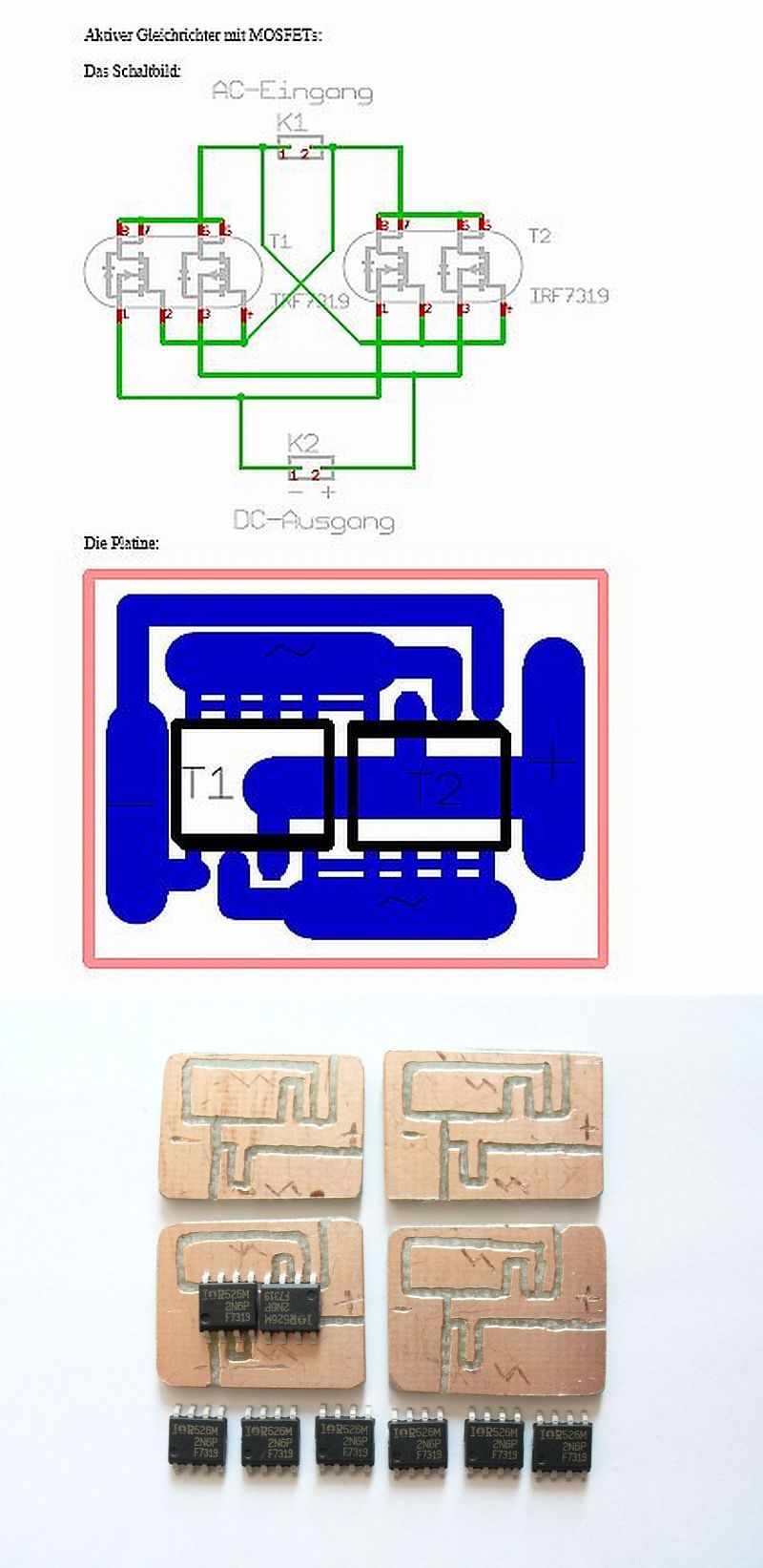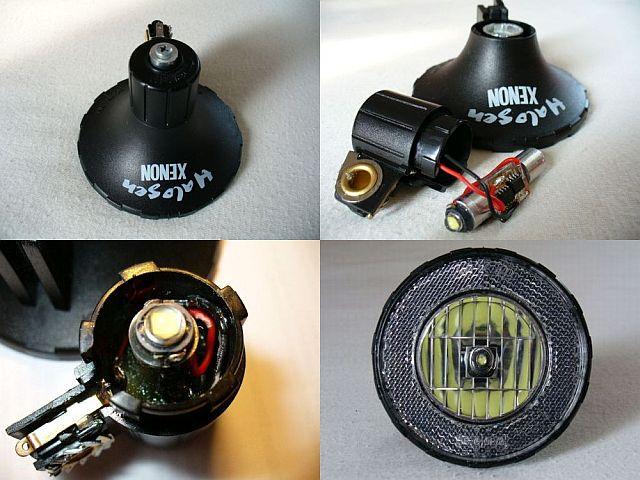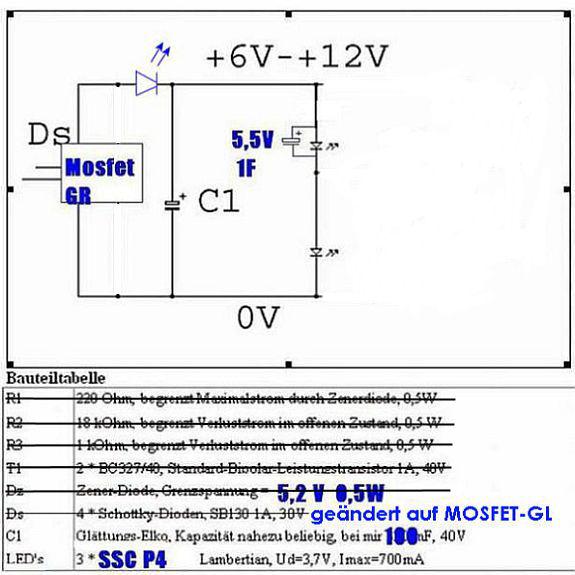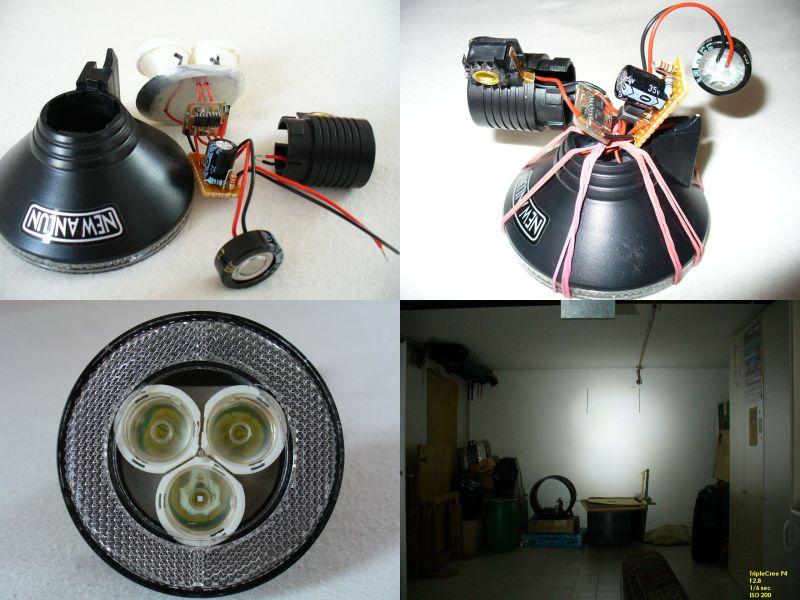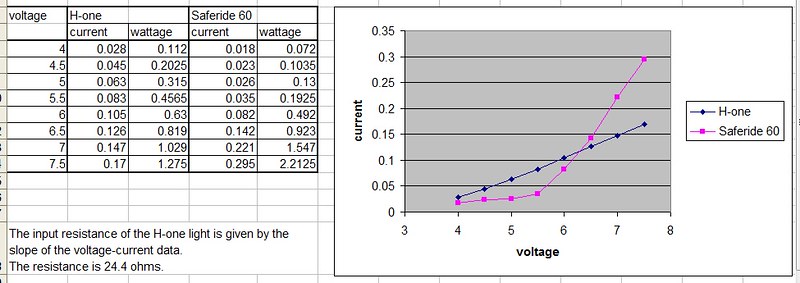thanks for the response, but no, I'm not trying to make my own headlight. Done quite a bit of that, and I'm very familiar with the subjects you mention.
I'm trying to figure out what light manufacturers are doing nowadays, and whether they have established any standards for the input impedance for the lights. With incandescent lights, all lights had a nominal 12 ohm impedance for 3 watt bulbs, and slightly higher for 2.4 watt bulbs used with taillights. It was quite easy to know what lights or bulbs were required when setting up a light system.
Now that LEDs have been accepted for bike lights, there is a problem. The light will normally use a single LED, but a single LED is not a good match for the dynamo's characteristics. If you rectify the dynamo's output and feed it into a single LED, you'll only deliver 1.5 watts to the LED. You can wire two LEDs in series, but that significantly increases the cost and complexity of the design, and makes the reflector area larger as well.
An alternative is to use some sort of switched power converter; most likely a buck configuration. Then the question is whether it is designed with a control loop or not, does it control LED current, power, ...?? All of these affect the apparent input impedance, how much current is drawn from the dynamo, what the dynamo's output voltage will be, and this is what affects the ability to connect a generic taillight to the headlight.
There are also questions about what can be done to generate more light. Can you still wire two headlights in series to get more light, as was done with incandescents? Some switching power supplies could require that an extra headlight be wired in parallel.
So, the benefits of efficient LEDs have eliminated the old standards that used to make bike dynamo lights simple to use and apply. Analyzing and documenting headlight electrical characteristics would help address the loss of the old standards and help guide the application of the new lights.


